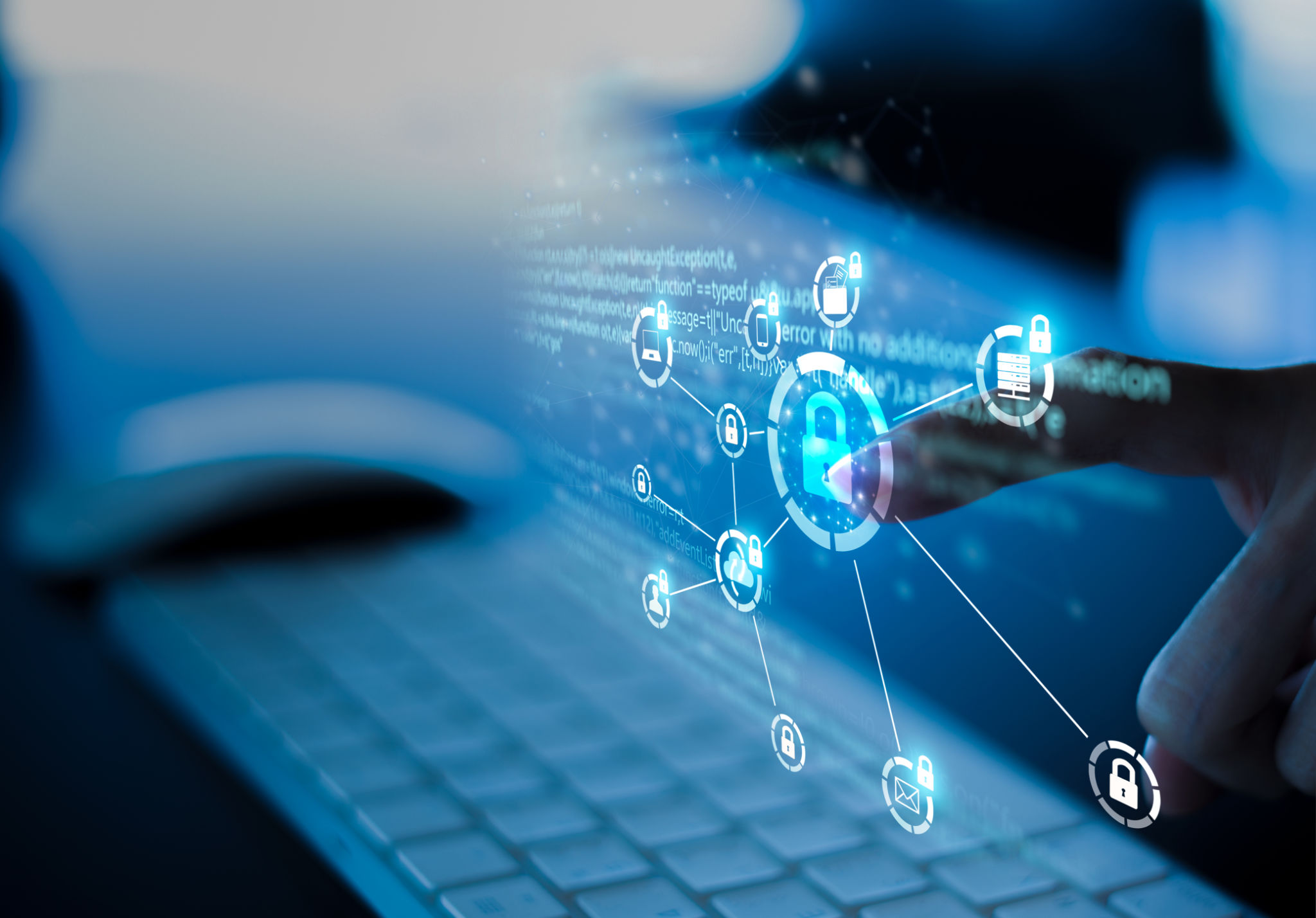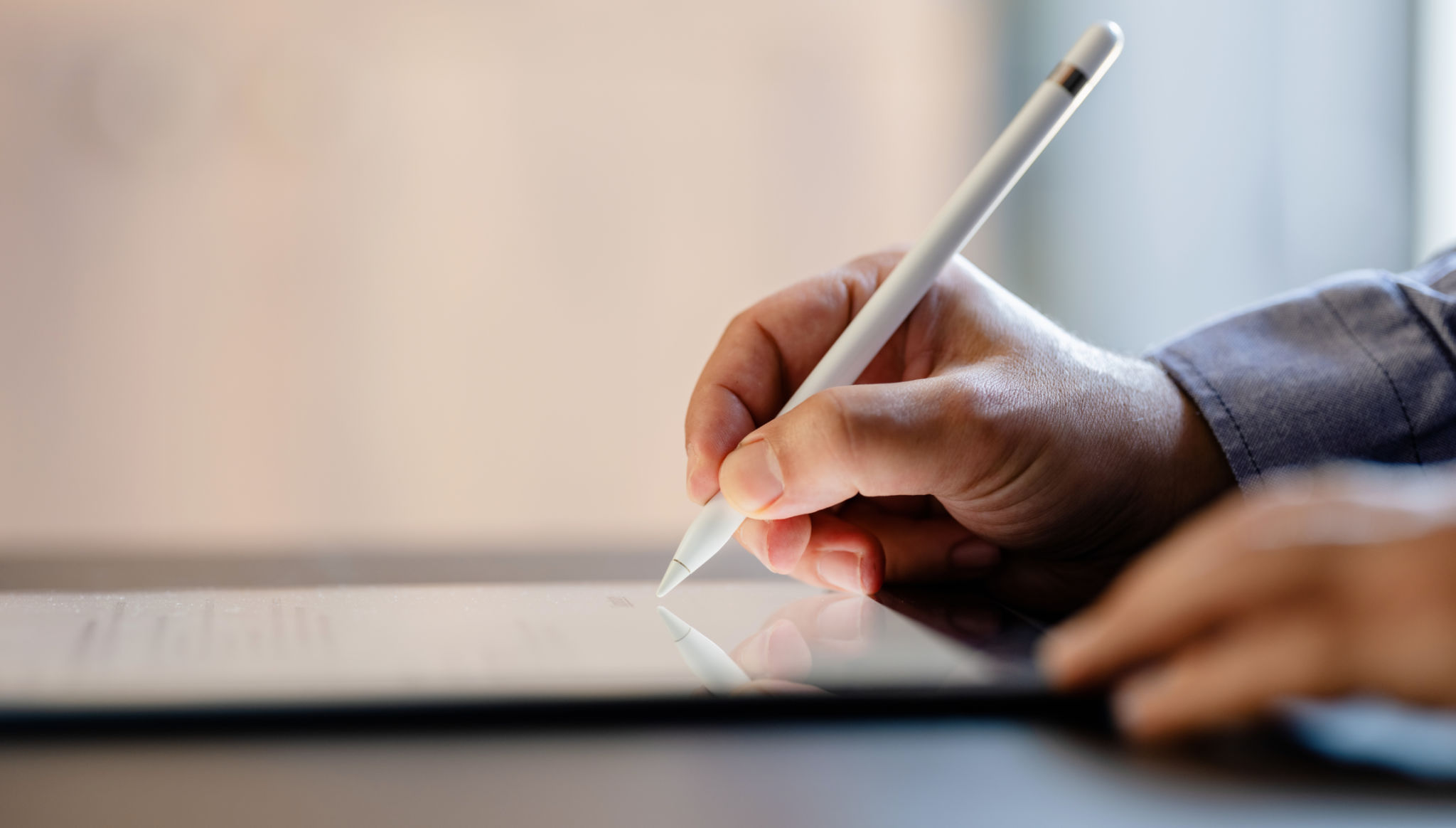The Role of Blockchain in Securing Real World Assets
Understanding Blockchain Technology
Blockchain technology has revolutionized the way digital transactions are conducted, offering a secure and transparent mechanism for recording information. At its core, blockchain is a decentralized ledger that records all transactions across a network of computers. This decentralized nature makes it tamper-proof, ensuring that once data is recorded, it cannot be altered or deleted without consensus from the network.
The use of blockchain extends beyond cryptocurrencies, providing innovative solutions for a variety of sectors, including finance, healthcare, and supply chain management. Its potential to secure real-world assets is increasingly being recognized, offering a new layer of security and reliability.

Enhancing Security for Real-World Assets
One of the most promising applications of blockchain is in securing real-world assets. By digitizing assets and storing them on a blockchain, owners can ensure their assets are protected against fraud and unauthorized access. This is particularly beneficial in sectors like real estate and luxury goods, where ownership verification is crucial.
Blockchain enables the creation of digital certificates of ownership, which are both immutable and easily transferable. This transparency and security can significantly reduce the risk of fraud, making transactions more trustworthy. Furthermore, smart contracts can automate the transfer of ownership, ensuring that conditions are met before any transaction is executed.
Improving Transparency and Traceability
Transparency is a key benefit of using blockchain for securing real-world assets. Each transaction recorded on a blockchain is visible to all participants in the network, creating an open ledger that can be audited. This transparency ensures that all parties involved have access to the same information, reducing discrepancies and disputes.

In addition to transparency, blockchain enhances traceability. Every transaction provides a clear audit trail, allowing stakeholders to track the history and provenance of an asset. This feature is invaluable in industries like supply chain management, where knowing the origin and journey of products can prevent counterfeiting and ensure compliance with regulations.
The Role of Smart Contracts
Smart contracts are self-executing contracts with the terms of the agreement directly written into code. They play a crucial role in securing real-world assets by automating processes and reducing the need for intermediaries. These contracts can trigger actions based on predefined conditions, ensuring that transactions are executed accurately and efficiently.
For example, in real estate transactions, smart contracts can automate title transfers once payment is confirmed, eliminating delays and manual errors. This automation not only speeds up transactions but also reduces costs by minimizing the need for third-party involvement.

Challenges and Future Prospects
Despite its advantages, implementing blockchain for securing real-world assets does come with challenges. The technology is still evolving, and there are issues related to scalability, regulatory compliance, and integration with existing systems. Overcoming these challenges will require collaboration among industry stakeholders, regulatory bodies, and technology developers.
As blockchain continues to mature, its role in securing real-world assets is expected to grow. The potential benefits in terms of security, transparency, and efficiency are significant, making it an attractive solution for organizations looking to protect their valuable assets. With ongoing advancements and increased adoption, blockchain could redefine asset management in the near future.
